Indiana’s Big 4 Trail
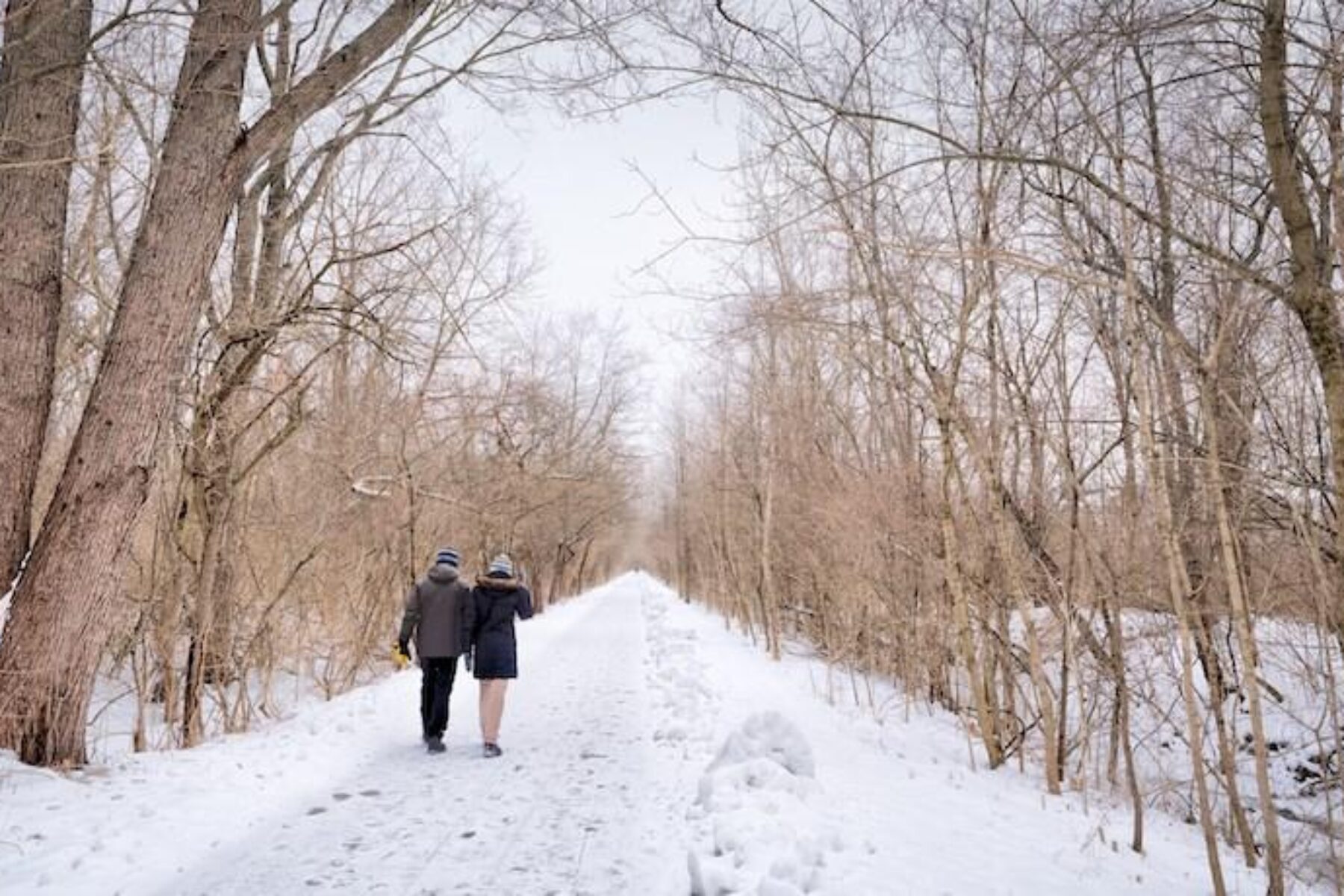
Trail of the Month: January 2022
“It’s almost an untouched gem of a ride.”
—Vince Griffin, a former member of the Indiana Bicycle Trails Task Force
Surrounded by tree canopies, beautiful countryside and the charm of small towns, the Big 4 Trail traverses a Midwestern wonderland. The developing rail-trail serves as an important regional connector—spreading diagonally across Boone County, crossing into Clinton County and, eventually, continuing into Tippecanoe County.
Starting in the town of Colfax, the trail heads south, through the towns of Thorntown, Lebanon, Whitestown and Zionsville. Currently, the trail is split in three, with gaps on both sides of the Whitestown section of the trail. The pathway is largely paved with a gravel surface in some areas.
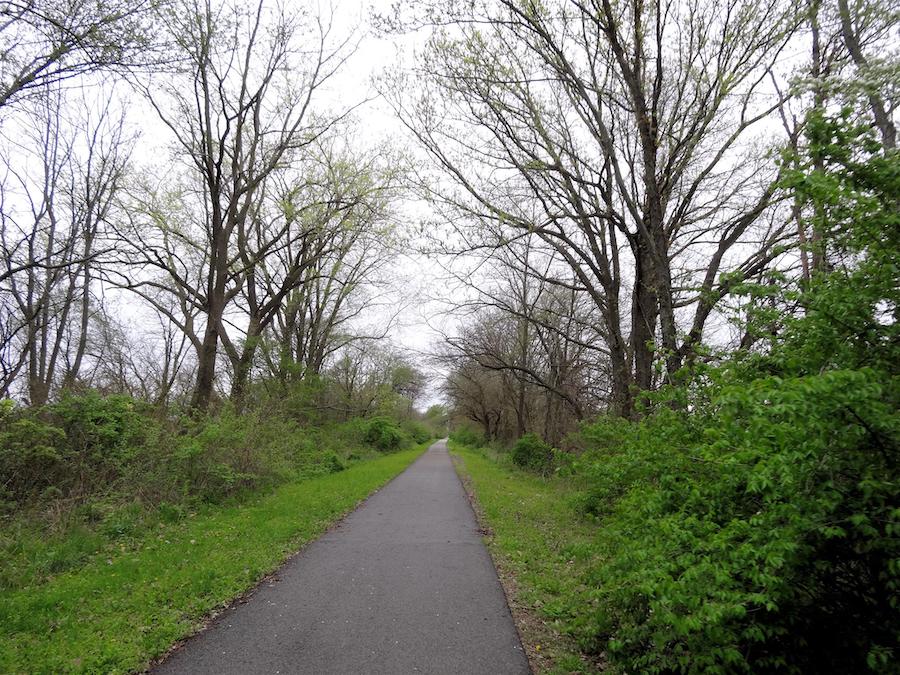
“It’s almost an untouched gem of a ride,” said Vince Griffin, a former member of the Indiana Bicycle Trails Task Force who moved to Boone County three years ago. “You go through these little communities that are growing, and it’s just neat to see another side of Lebanon and farmland up to Thorntown.”
Together, the open trail sections total 21.5 miles and include paths for equestrians. When the Big 4 Trail is fully connected, it will span more than 50 miles between Lafayette and Indianapolis. Griffin, who has been cycling for more than 30 years, said the gaps in the Big 4 Trail aren’t very big, but there’s a concerted effort to get the trail fully paved for continuity. He’s ridden his bike on all the existing trail sections and said he loves it.
A Storied History
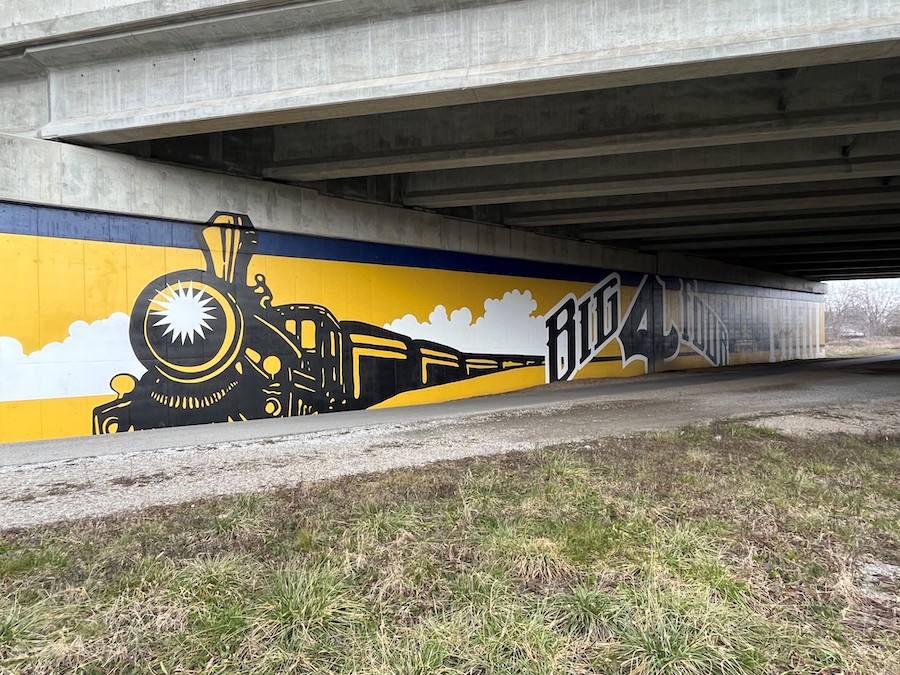
The Big 4 Trail gets its name from the most prominent company that used to operate it: the Cleveland, Cincinnati, Chicago and St. Louis Railway (CCC&StL). Originally, the railway was part of a freight network operated by different companies until the CCC&StL merger in 1889. All in all, the rails were used from 1852 until 1962, when rail-trail advocacy movements began to take off in the U.S. The tracks were fully removed from Boone County in 1985.
“Along the corridor there are cool bridges and tunnels reminiscent of when it was a railroad,” said Amy Marisavljevic, trails section chief of Indiana’s Department of Natural Resources. “And it’s perfect, accessibility-wise, for everybody, like beginner bike riders and elderly bike riders looking for a straight, flat trail—not a ton of hills.”
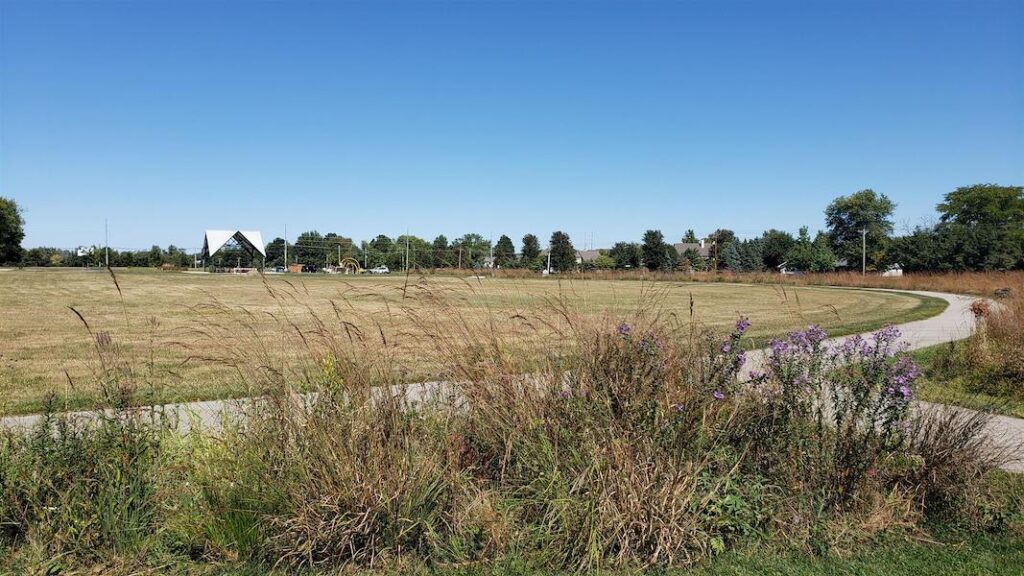
The corridor has some notable American history tied to it too—history that Boone County residents don’t hesitate to tell. In 1861, on his way to his Washington, D.C., inauguration via train, President Abraham Lincoln made a stop at Zionsville’s rail depot and addressed the townspeople. While the depot no longer exists, in 1936, members of Zionville’s Lions Club erected a memorial marker of where it—and the president—once stood. The location, now serving as the half-acre Lincoln Park, features a gazebo, benches and picnic tables.
But it wouldn’t be the last time Boone County would see Lincoln. Four years later, following the president’s assassination, his body would go on a two-week train tour. Citizens between Washington, D.C., and Springfield, Illinois, were invited to mourn and pay their respects to the fallen president as he passed through their towns. On May 1, 1865, Lincoln’s body would reach Whitestown. The Whitestown Historic Preservation Committee erected its own memorial in 2019 near the town’s trailhead for the Big 4 Trail. According to the plaque, “the Lincoln Funeral Train passed through Whitestown with mourners lining the tracks in the middle of the night to pay homage to the assassinated 16th U.S. President.”
Community and Culture Around the Trail
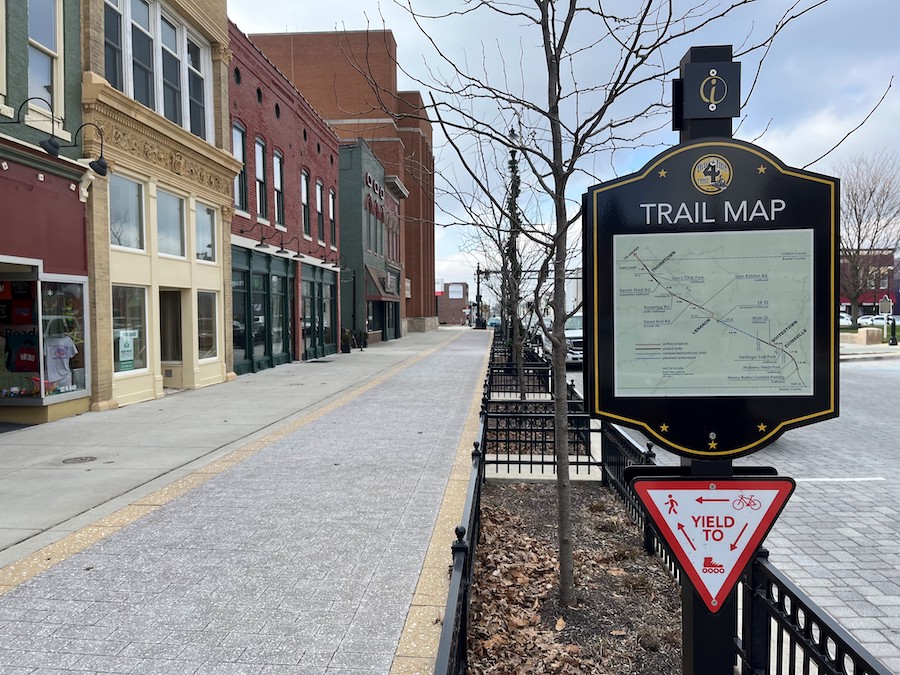
Though the towns around the trail have changed rapidly over the years, their small-town vibe remains, and the trail only adds to each community’s potential, said Jeri Day, who has lived in the area since 1985 and is the executive director for the Boone County Convention & Visitors Bureau.
“Boone County is the heart of it all: Lovely people live here, it’s very community-oriented and has the best volunteer base I’ve seen in any community,” said Day.
Anyone on the Big 4 Trail doesn’t have to travel too far off the path to find a bite to eat or place to rest. The towns of Thorntown, Lebanon, Whitestown and Zionsville offer several parks and vibrant culture with lively drink, food and shopping scenes. Thorntown, for example, is home to Tom Johnson Memorial Park and the Sugar Creek Art Center, which provides artists with studios as well as space for galleries and events.
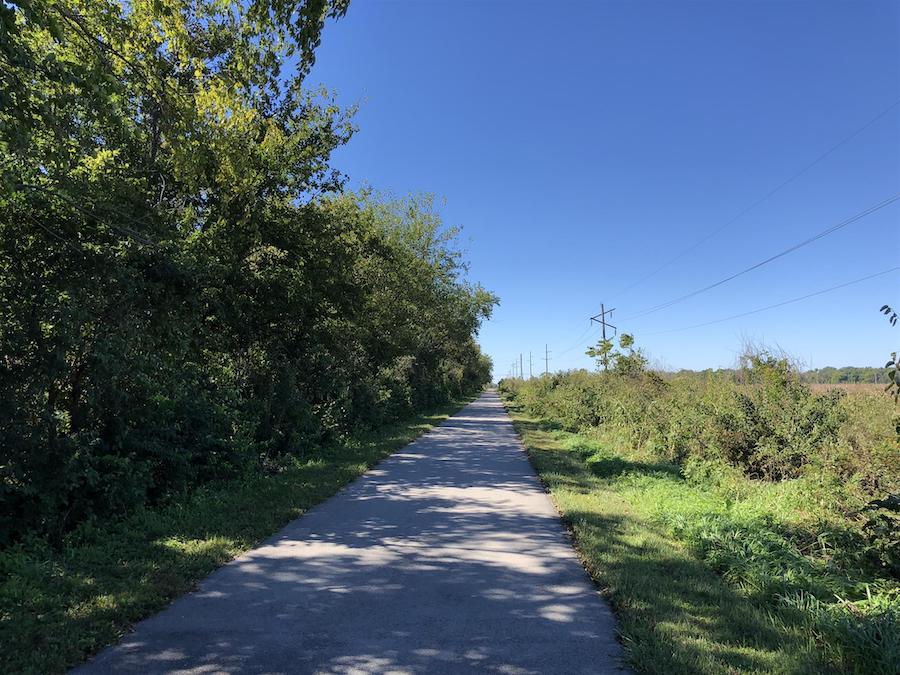
Then there’s Lebanon, which has lots of great restaurants and a farmers market. In Whitestown’s Panther Park, families can stop by to play on the equipment, start a pick-up game of basketball or just enjoy the view from under the covered picnic area.
Zionsville is known for its Brick Street Market and boasts trendy boutiques and bars along its enchanting cobblestone streets. The town also offers delightful outdoor spaces right along the trail, such as Starkey Nature Park, Mulberry Fields Park and Heritage Trail Park.
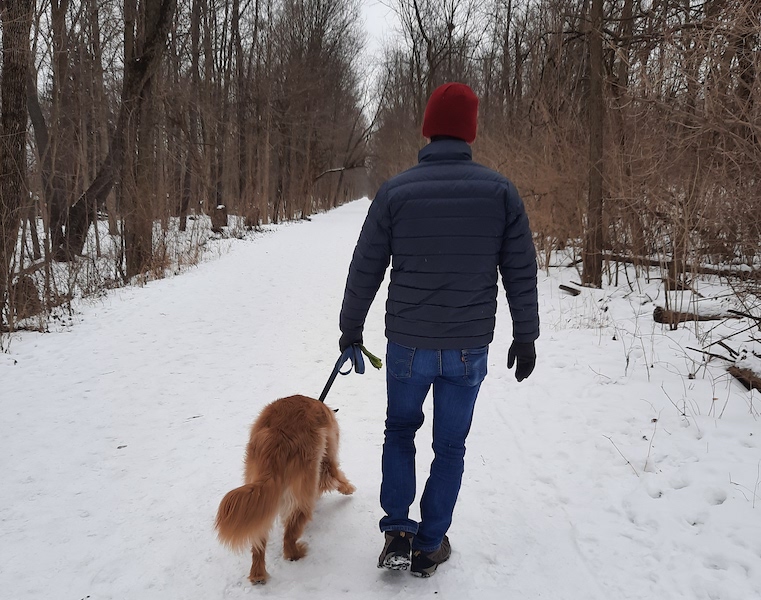
Anyone exploring these towns should also look for the county’s distinctive Walking Man Statues, 10-foot-tall steel art pieces that bring a sense of unity among the communities, which have consistently come together to connect the trail.
“Just having this amenity in Boone County, and to be able to connect Whitestown and Zionsville—and [to have a connection] over to the Monon Trail, which is more developed—is pretty exciting,” enthused Jarod Logsdon, superintendent of Zionsville’s Parks and Recreation Department. “There’s a large cycling community within central Indiana, and I have no doubt they’re going to start being attracted to such a nice regional amenity.”
The Big 4’s Big Future

For years, the Big 4 Trail has had a lot of momentum, not only for connecting the gaps north and south of Whitestown, but also for expanding the route beyond Boone County. The trail has received unwavering support from its surrounding communities, as well as the state, becoming part of Indiana’s Visionary Trails System initiative in 2006.
“The state of Indiana has had their eyes on this as a recreational opportunity for the state [and for] really providing [a] regional amenity on the northwest side of Indianapolis, where there aren’t many,” said Logsdon.

The state legislature—alongside Gov. Eric Holcomb—continues to rally around trail infrastructure, designating 2021–2022 as “Indiana’s Year of the Trails.” As part of an effort to boost community health and local economies, the state created the Next Level Trails grant program that will invest $150 million to support developing trail infrastructure.
Next Level Trails grants were crucial to the 15.4-mile Colfax-to-Lebanon section of the Big 4 Trail. The town of Colfax received $1.6 million to connect Colfax to an existing section of trail in Thorntown, and the town of Lebanon received $2.5 million to add 1.4 miles to its existing trail. Another $1.8 million went to Zionsville, which will extend its trail north and south for a total of 1.79 miles. The northern extension will reach the Whitestown line.
Griffin, who said he helped move legislation to create the Indiana Bicycle Trails Task Force, has talked with members across the bike advocacy community, as well city planners in the five towns that the Big 4 Trail connects and people at all levels of Indiana government. “That’s the exciting part … everybody is just really excited about this,” he said.

Related: Top 10 Trails in Indiana

Donate
Everyone deserves access to safe ways to walk, bike, and be active outdoors.
